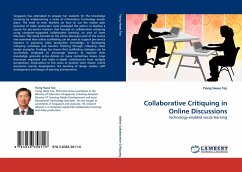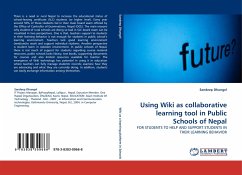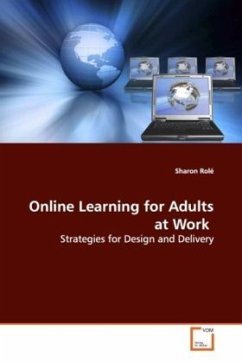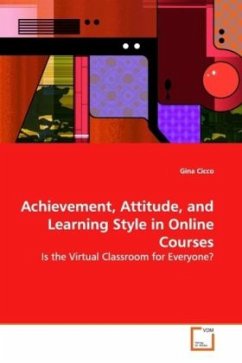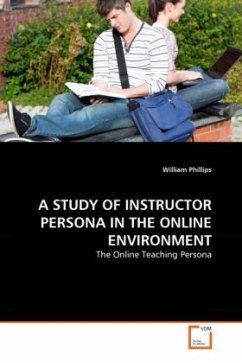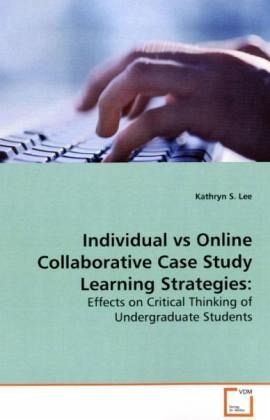
Individual vs Online Collaborative Case Study Learning Strategies:
Effects on Critical Thinking of Undergraduate Students
Versandkostenfrei!
Versandfertig in 6-10 Tagen
39,99 €
inkl. MwSt.

PAYBACK Punkte
20 °P sammeln!
In support of constructivist student-centeredlearning in higher education, this study examined theeffects of individual versus online collaborativecase study learning on the development of criticalthinking skills in undergraduate students. Anonequivalent (pretest and posttest) control-groupdesign was used to obtain statistical, quantitativeresults from the sample of eighty undergraduatestudents, and a process satisfaction questionnairewas used to survey student satisfaction with variousaspects of the case study learning analyses. Findingsand implications for practice are discussed.Appendices p...
In support of constructivist student-centered
learning in higher education, this study examined the
effects of individual versus online collaborative
case study learning on the development of critical
thinking skills in undergraduate students. A
nonequivalent (pretest and posttest) control-group
design was used to obtain statistical, quantitative
results from the sample of eighty undergraduate
students, and a process satisfaction questionnaire
was used to survey student satisfaction with various
aspects of the case study learning analyses. Findings
and implications for practice are discussed.
Appendices provide the critical thinking prompts,
case analysis template, assignment descriptions, and
scoring rubrics.
learning in higher education, this study examined the
effects of individual versus online collaborative
case study learning on the development of critical
thinking skills in undergraduate students. A
nonequivalent (pretest and posttest) control-group
design was used to obtain statistical, quantitative
results from the sample of eighty undergraduate
students, and a process satisfaction questionnaire
was used to survey student satisfaction with various
aspects of the case study learning analyses. Findings
and implications for practice are discussed.
Appendices provide the critical thinking prompts,
case analysis template, assignment descriptions, and
scoring rubrics.



